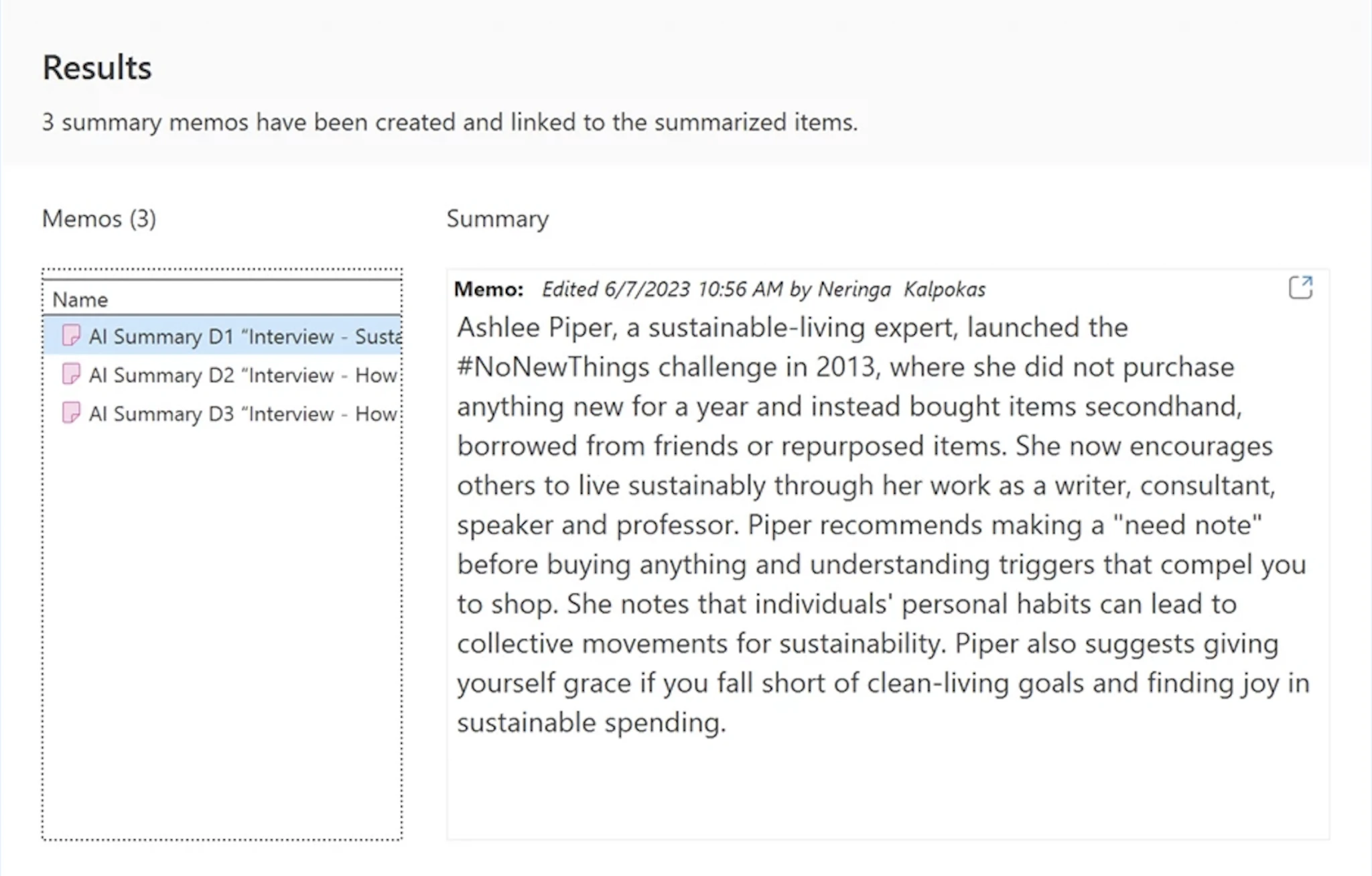- What is a Literature Review?
- The Purpose of Literature Reviews
- Guidelines for Writing a Literature Review
- How to Organize a Literature Review?
- Software for Literature Reviews
- Using Artificial Intelligence for Literature Reviews
- How to Conduct a Literature Review?
- Common Mistakes and Pitfalls in a Literature Review
- Methods for Literature Reviews
- What is a Systematic Literature Review?
- What is a Narrative Literature Review?
- What is a Descriptive Literature Review?
- What is a Scoping Literature Review?
- What is a Realist Literature Review?
- What is a Critical Literature Review?
- Meta Analysis vs. Literature Review
- What is an Umbrella Literature Review?
- Differences Between Annotated Bibliographies and Literature Reviews
- Literature Review vs. Theoretical Framework
- How to Write a Literature Review?
- How to Structure a Literature Review?
- How to Make a Cover Page for a Literature Review?
- How to Write an Abstract for a Literature Review?
- How to Write a Literature Review Introduction?
- How to Write the Body of a Literature Review?
- How to Write a Literature Review Conclusion?
- How to Make a Literature Review Bibliography?
- How to Format a Literature Review?
- How Long Should a Literature Review Be?
- Examples of Literature Reviews
- How to Present a Literature Review?
- How to Publish a Literature Review?
Using Artificial Intelligence for Literature Reviews
Literature reviews are known to be time-consuming. From finding the articles to reading and analyzing all the components of the publications, it can take a long time to conduct a literature review. However, AI-based tools can help researchers speed up the process.

In recent years, using AI for literature reviews has gained significant importance in academic research. Specifically, AI tools have revolutionized how scholars and students explore various sources, offering cutting-edge capabilities to fine-tune search terms and sift through full-text articles with ease. For instance, AI-powered suggestions help researchers identify relevant scholarly articles and research papers, streamlining the development of a thorough literature review. Tools like Semantic Scholar and Connected Papers provide insightful citation contexts and connect related research which saves time and adds detail and precision in summarizing the breadth of existing knowledge.
Conducting a literature review involves summarizing and discussing published ideas from various sources to build a comprehensive view of the current state of research. AI can significantly enhance this process by offering meta-analysis capabilities and helping researchers write summaries that encapsulate the essence of multiple publications. For example, AI can analyze PDF documents and extract key points that help you to write more concise and informative summaries. While all researchers should take responsibility for any AI-generated outputs they end up using in their research you can efficiently navigate through the sea of academic work using AI and save time.
Why use artificial intelligence for a literature review?
AI's ability to assist in literature reviews extends beyond just finding and summarizing articles. It can also play a pivotal role in the early stages of research projects by helping to refine research questions and identify gaps in the existing literature. For example, AI tools can scan a wide array of scholarly articles to identify emerging trends and suggest areas that warrant further exploration.
According to recent research, AI can help with problem formulation and identify and verify research gaps by analyzing large datasets (Wagner, Lukyanenko, & Paré, 2021). However, human judgment is crucial for nuanced and context-specific interpretations. While AI can significantly reduce the time and effort required for repetitive tasks in literature reviews, human interpretation and creativity are irreplaceable for insightful synthesis and theory development.
These tools have demonstrated considerable potential in automating and streamlining the literature review process, especially in the critical phases of screening and data extraction. However, several limitations need to be addressed, particularly regarding usability and the integration of more advanced AI technologies (Bolaños, Salatino, Osborne, & Motta, 2024). The usability issues, such as a steep learning curve and misalignment with user requirements, hinder the widespread adoption of these tools among researchers. Financial constraints also pose a barrier, limiting access to comprehensive functionalities in some cases.
Nonetheless, by integrating these AI-powered tools into the literature review process, researchers can enhance their efficiency, reduce the cognitive load associated with manual tasks, and focus more on the interpretative and theoretical development aspects of their work. The continuous development and improvement of these tools promise even greater support for researchers in the future, making literature reviews more manageable and insightful (Wagner, Lukyanenko, & Paré, 2021).

How can AI assist in literature reviews?
Finding literature
AI-powered tools like machine learning algorithms and natural language processing (NLP) can significantly streamline finding relevant literature. These tools can search extensive databases and digital libraries to identify articles, books, and papers that match specific keywords and topics. They can also recommend related works based on the content of already identified materials, saving researchers considerable time and effort.
Literature summaries
AI can assist in summarizing large volumes of literature quickly and accurately. Tools using natural language processing (NLP) can extract key points, themes, and findings from numerous articles and create concise summaries. This helps researchers grasp the essential information from a broad array of sources without having to read each one in full detail. Such summarization tools can be invaluable for literature reviews, providing a clear overview of the existing research landscape.
Analyzing text
AI can perform in-depth text analysis, identifying patterns, trends, and insights that might not be immediately apparent. Techniques such as sentiment analysis, topic modelling, and keyword extraction can reveal underlying themes and connections within the literature. This analytical capability allows researchers to draw more nuanced conclusions and identify gaps or areas for further study.

Screening for inclusion
During the literature review process, AI can assist in screening articles for inclusion based on predefined research criteria. Machine learning models can be trained to recognize relevant studies by analyzing abstracts and full texts, thereby automating the initial screening phase. This reduces the manual workload and ensures a more systematic selection process.
Quality assessment
AI's potential in quality assessment is moderate, as this step requires expert judgment to evaluate methodological rigour. Tools equipped with AI can provide initial insights about the quality of other studies by checking for common issues related to how transparently methods are described and verification checks authors conducted. By automating parts of the quality assessment, researchers can focus on more in-depth analysis and interpretation of high-quality studies.
Information extraction
AI tools can streamline the data extraction process by automatically identifying and extracting relevant data points from research articles. Machine learning algorithms can be trained to recognize and pull out specific types of information, such as statistical results, sample characteristics, and key findings. Tools equipped with AI can provide initial insights about the quality of other studies by checking for common issues related to how transparently methods are described and verification checks authors conducted.
AI tools are designed to handle large volumes of data efficiently, making the literature review process faster and more comprehensive. With the emergence of the tools, researchers are exposed to several tools they can use. From summarizing articles to assisting in the literature search, AI tools can assist researchers by saving time and providing new ways of analyzing data.
For example, Research Rabbit maps research papers so that researchers can visualize connections between papers, authors and topics. Some research discovery tools such as LitSonar facilitate database searches by automatically translating search queries into formats compatible with various literature databases, such as EBSCO, AIS eLibrary, and ProQuest.
ATLAS.ti is a comprehensive CAQDAS that has incorporated a suite of AI tools that can facilitate literature reviews. This includes different AI functions to find literature, summarize, and code it.
Paper Search in ATLAS.ti Web
Paper Search 2.0 in ATLAS.ti Web is a cutting-edge AI tool that streamlines research workflows by quickly assessing the relevance of scientific papers. Users input their research questions, and the tool performs comprehensive searches, delivering concise summaries of the most pertinent papers. This innovation saves researchers time and effort, allowing them to focus on analysis.
Paper Search 2.0 accesses over 200 million scientific resources from Semantic Scholar, providing an extensive database for relevant studies. Its streamlined search function efficiently finds and imports key scientific resources. The AI offers focused summaries of the top five papers, highlighting content relevant to the user’s research question. Additionally, it allows for easy citation of documents within ATLAS.ti projects, ensuring a fully integrated workflow.

The tool supports the entire literature review process within a single platform. Advanced Natural Language Processing ensures a deep understanding of research needs, resulting in highly relevant search results and summaries. When users input their research questions, the AI refines them, generates relevant keywords, and searches Semantic Scholar’s database. It identifies pertinent papers, summarizes findings, and delivers actionable insights. This process, driven by the ATLAS.ti AI Lab, transforms raw data into valuable knowledge, ensuring researchers receive key insights applicable to their work.
ATLAS.ti Web enables researchers to complete their literature review using AI tools and qualitative data analysis features. Targeted summaries from Paper Search 2.0 save time, allowing researchers to move forward more efficiently. The integrated tools make literature reviews more streamlined and less time-consuming. Future enhancements include expanding databases beyond Semantic Scholar, offering more refined search capabilities, and integrating advanced AI features for deeper insights.
Intentional AI Coding in Desktop and Web
ATLAS.ti's Intentional AI Coding leverages the advanced capabilities of OpenAI's ChatGPT technology. This innovative solution enables researchers to steer automated coding by providing detailed context about their intentions, concepts of interest, and research scope. By doing so, it generates more accurate and relevant coding suggestions tailored to specific research goals. Intentional AI Coding also upholds scientific rigor by creating traceable research questions that link back to the user's methodology and objectives, ensuring transparency throughout the research process.
Moreover, this feature puts the user in full control, allowing them to review, refine, and customize the research questions and code categories before applying them, thereby ensuring the final codes are entirely user-generated. This level of control helps researchers maintain their unique analytical perspectives. Additionally, Intentional AI Coding enhances the speed and depth of insights by improving the precision of coding from the outset, enabling researchers to identify themes and draw robust conclusions more quickly.
In response to privacy concerns, ATLAS.ti has introduced an AI Privacy Mode, allowing users to deactivate OpenAI integration to ensure no data is submitted externally. This feature can also be managed at an organizational level for multi-user licenses, providing consistent privacy standards across all users. Furthermore, the enhanced Conversational AI in ATLAS.ti Web now supports interactions with multiple documents simultaneously, allowing users to engage in natural conversations to explore and compare data across various sources, broadening their analytical scope and facilitating deeper insights. Currently in beta, these advancements promise to significantly enhance the efficiency and effectiveness of qualitative research.

Conversational AI in ATLAS.ti Web
ATLAS.ti has a revolutionary way to interact with your data through natural conversation with its Conversational AI now available for ATLAS.ti Web. This experimental feature leverages OpenAI's ChatGPT technology to transform the research process by allowing users to engage in real-time, natural language dialogues with their documents. You can ask questions, seek clarifications, and navigate your data effortlessly, enabling a more intuitive and efficient way to extract and understand vital information.
The key benefits of this feature include natural interaction, where you converse with your data just as you would with a research partner, and focused navigation, which allows you to locate specific passages and details without manual searching. Enhanced understanding is achieved by clarifying complex passages directly within the chatbot interface, ensuring accurate data interpretation. The user-friendly design of the chatbot makes it easy and accessible, providing real-time assistance to handle extensive documents and reveal insights, connections, themes, and patterns that might otherwise be overlooked.
Users can rate chatbot responses to help train the model, continuously improving its accuracy and relevance. While Conversational AI is currently in an experimental phase and may sometimes produce inaccurate or slower responses, ATLAS.ti is dedicated to refining its performance. This initial version of Conversational AI represents the first step in ATLAS.ti's vision to streamline qualitative data analysis with advanced AI interactions, aiming to create interfaces that simulate collaboration with a knowledgeable human partner. Stay tuned as ATLAS.ti continues to push the boundaries of AI-assisted qualitative research, promising more groundbreaking innovations in the future.

AI Summaries in ATLAS.ti Desktop
ATLAS.ti Desktop AI Summaries is a feature designed to streamline your literature review and qualitative research by providing concise snapshots of large documents and code sets. AI Summaries enhance efficiency by condensing complex information, making it easier to grasp main points swiftly. Integrating seamlessly into memos, the tool supports versatile linking, document conversion, and coding. With a focus on privacy and security, AI Summaries ensure your research data is protected while revolutionizing your research process.

Future research directions of AI-powered tools for literature reviews
AI future research directions are centred around enhancing the capabilities and usability of literature review tools. Incorporating state-of-the-art NLP technologies, like Large Language Models (LLMs), can significantly improve the performance of these tools, making them more effective and reliable. There is a need to develop advanced interpretability techniques to build trust and provide deeper insights into AI models' decision-making processes. Integrating semantic technologies and creating robust benchmarks and evaluation frameworks will allow for more objective comparisons and assessments of different literature review tools. By addressing these challenges, future AI-enhanced review tools can become more user-friendly and widely adopted, ultimately transforming the systematic review process and contributing to more efficient and comprehensive research methodologies.
ATLAS.ti's AI Lab is continuously working to optimize its AI tools. It maintains transparency by allowing users to view original data behind AI-generated insights which ensures rigorous and precise analysis. Its AI Lab has developed unique tools that extend beyond basic AI functionalities, emphasizing user control and data residency options to address privacy concerns.

References
-
Wagner, G., Lukyanenko, R., & Paré, G. (2021). Artificial intelligence and the conduct of literature reviews. Journal of Information Technology, 37(2), 209-226. https://doi.org/10.1177/02683962211048201
-
Bolaños, F., Salatino, A., Osborne, F., & Motta, E. (2024). Artificial intelligence for literature reviews: Opportunities and challenges. arXiv. https://arxiv.org/abs/2402.08565




